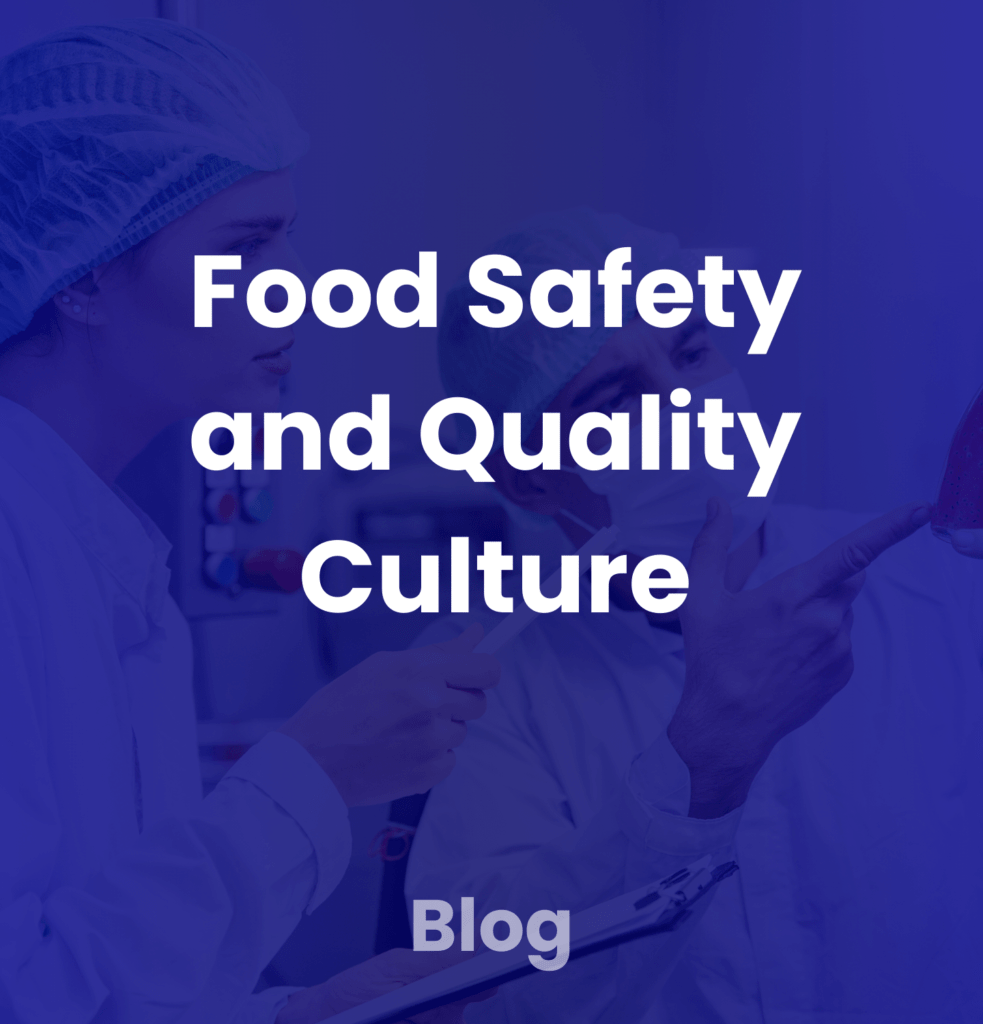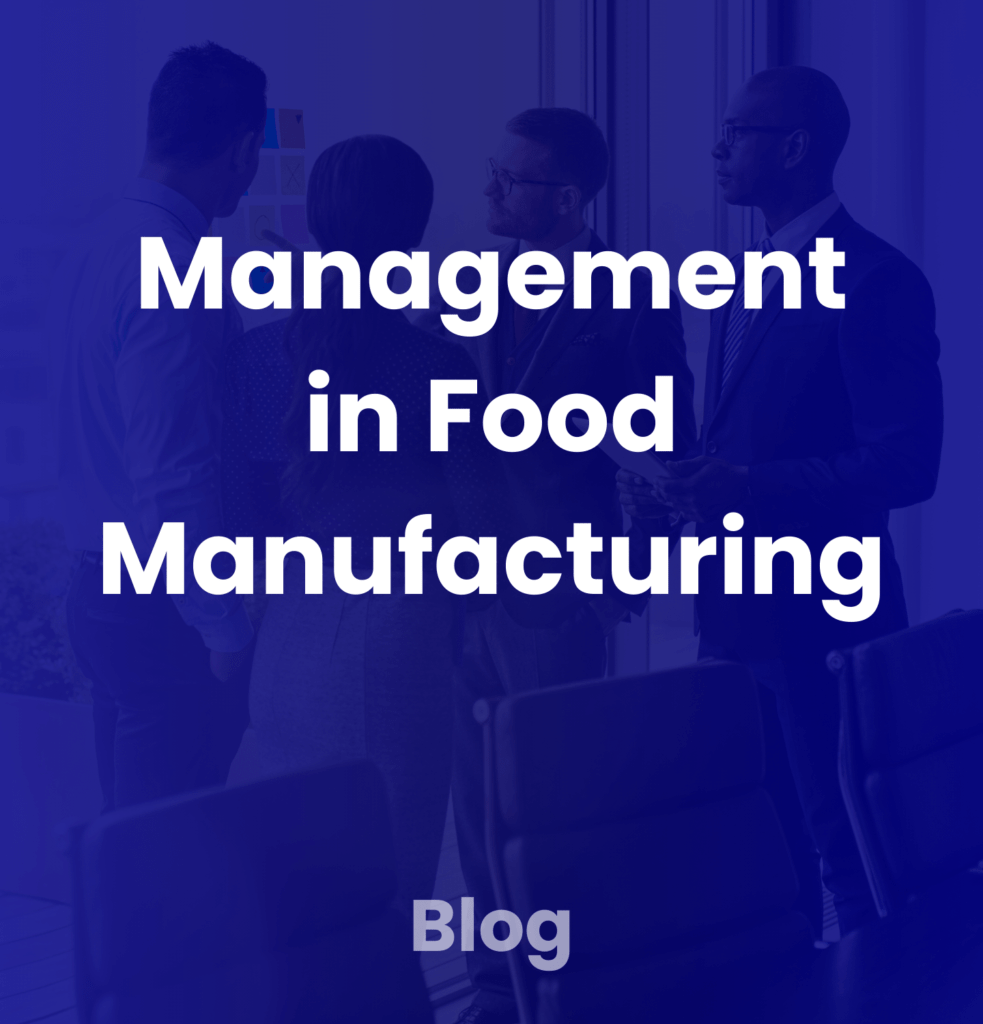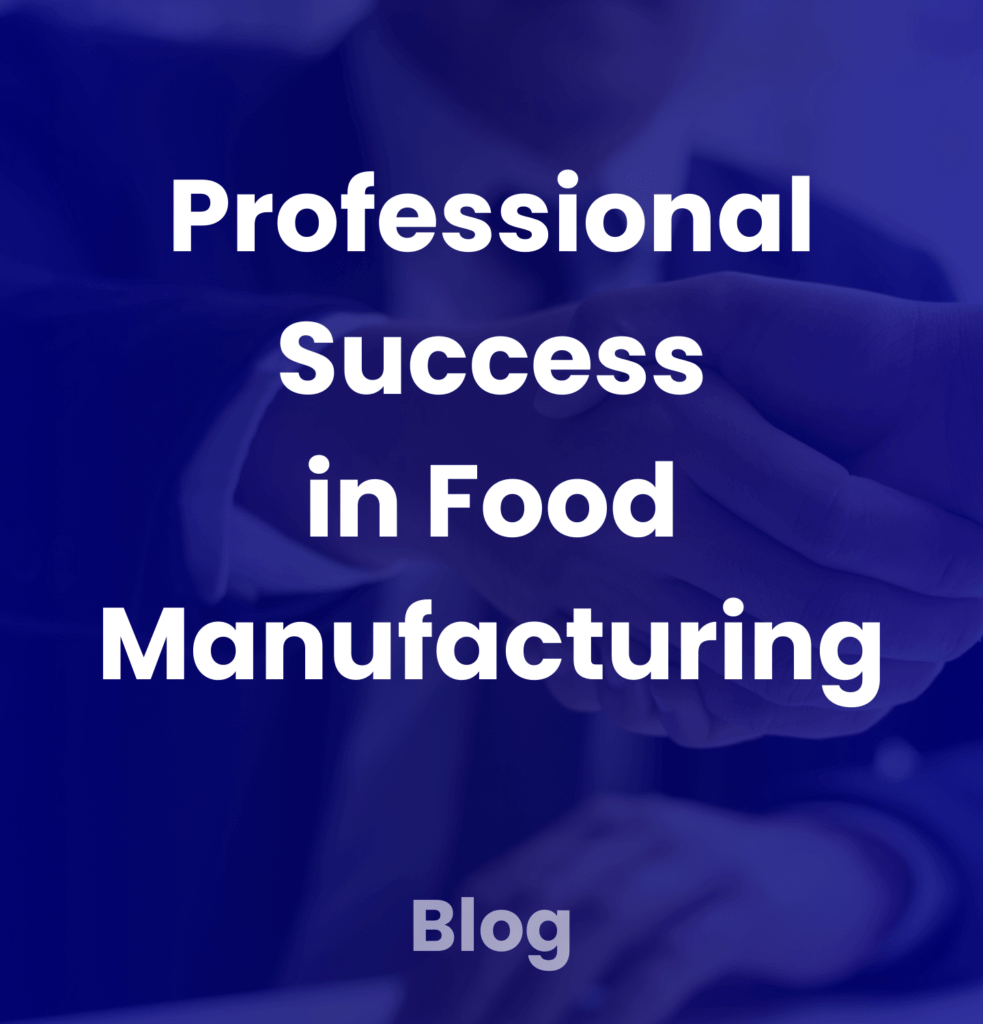
Sector-Specific Information
The Food Industry Hub knowledge centre delivers a wide range of sector-specific information for food industry professionals.
The below is one topic from our knowledge centre. You can return to all topics by clicking here.
Chemical Contaminants
Definition
Chemical contaminants in food safety are undesired chemical substances introduced into food that may compromise its safety, quality, or legality – potentially endangering public health. These contaminants can arise from environmental pollution, agricultural practices, food processing, or packaging. Contamination can occur at any point in the food supply chain, underscoring its importance in food safety management systems.
Examples of chemical contaminants include:
- Pesticide residues, commonly found in fresh produce due to agricultural applications.
- Heavy metals, such as lead, cadmium, or mercury, which can originate from industrial pollution, bioaccumulation or natural environmental deposits.
- Mycotoxins, toxic compounds produced by certain fungi that can contaminate grains, nuts, and dried fruits.
- Dioxins and PCBs (polychlorinated biphenyls), which are persistent organic pollutants accumulating in fatty foods like meat and dairy.
- Cleaning agents and sanitizers, which may inadvertently enter food during processing.
Regulatory frameworks such as the UK’s Food Standards Agency (FSA) and the Codex Alimentarius establish maximum allowable levels for these contaminants, protecting consumers while ensuring fair trade practices in the global food market.
Practical Applications
Effectively managing chemical contaminants requires food manufacturers and supply chain partners to implement structured controls and monitoring mechanisms. Key steps include:
Conducting a thorough risk assessment helps identify contamination sources:
- Raw materials: Evaluate supplier practices, particularly the use of pesticides, herbicides, and fertilizers.
- Environmental factors: Assess contamination risks linked to sourcing regions, such as industrial emissions or polluted water sources.
- Processing environments: Analyse potential contamination from lubricants, equipment wear, or cleaning chemicals.
- Controls in Primary Production
Implementing good agricultural practices (GAP) reduces contamination risks:
- Use only approved pesticides and fertilizers in compliance with regulatory guidelines.
- Conduct soil and water testing for heavy metals and pollutants, especially in high-risk areas.
Establishing effective controls during food processing prevents contamination:
- Use only food-grade cleaning agents and ensure proper rinsing procedures.
- Implement flushing protocols to prevent chemical cross-contamination between production runs.
- Utilise hazard analysis and critical control points (HACCP) systems to identify, monitor, and control contamination risks at key production stages.
- Testing and Monitoring
Regular analytical testing ensures compliance with safety standards:
- Gas chromatography (GC) and mass spectrometry (MS) are employed for detecting pesticide residues.
- High-performance liquid chromatography (HPLC) identifies mycotoxins like aflatoxins.
- Example: EU regulations limit aflatoxins in groundnuts intended for direct human consumption to 2 µg/kg for aflatoxin B1 and 4 µg/kg for total aflatoxins.
- Regulatory Compliance
Manufacturers must adhere to established Maximum Residue Levels (MRLs), ensuring contaminant levels remain within safe limits.
- Example: The EU sets MRLs for pesticides under Regulation (EC) No 396/2005, providing detailed residue limits for various food commodities.
- Packaging and Storage
Packaging and storage play a critical role in contamination prevention:
- Select packaging materials compliant with EU Regulation (EC) No 1935/2004, which requires that food contact materials do not release harmful substances.
- Control processing conditions to mitigate risks such as acrylamide formation in baked goods, which occurs at high temperatures.
Related Concepts
- Mycotoxins: Toxic by-products of fungal growth, impacting crops like grains and nuts.
- Persistent Organic Pollutants (POPs): Environmental toxins like dioxins that bioaccumulate in the food chain.
- Food Contact Materials (FCMs): Materials and articles that interact with food, regulated to prevent harmful migration.
- Toxicology in Food Safety: Study of chemical risks and their impact on human health.
Expert Insights
A proactive approach is needed to manage chemical contaminants, integrating supplier verification, traceability, and ongoing risk evaluation.
Challenges in Management
- Global Supply Chains: Variable agricultural practices and environmental conditions complicate contaminant control.
- Evolving Regulations: Regular updates to safety standards, such as changes in MRLs, require constant vigilance.
- Analytical Sensitivity: Detecting minute trace levels of contaminants demands advanced technology and expertise.
Future Trends
- Enhanced Testing Technologies: Portable devices and rapid test kits are advancing, allowing for on-site contaminant detection.
- Predictive Analytics: Historical data and environmental models are helping manufacturers anticipate contamination risks.
- Consumer Demands for Transparency: Growing awareness is driving the food industry to disclose testing protocols and contaminant levels.
Significance for Product Quality and Safety
The presence of chemical contaminants in food affects consumer trust, public health, and market access. Non-compliance with safety standards can lead to product recalls, financial losses, and reputational damage. Thus, effective contaminant management is integral to safeguarding product quality and maintaining competitive advantage.
Conclusion
Managing chemical contaminants is an essential component of food safety. By leveraging robust risk assessments, implementing effective control measures, and adhering to stringent regulatory frameworks, food manufacturers can mitigate risks and maintain consumer confidence. Proactive and transparent management practices not only ensure compliance but also reflect a commitment to producing high-quality, safe food in an increasingly complex and globalised supply chain.
Food Industry Hub Management Systems can significantly boost the effectiveness of your food safety and quality management system, leading to improved confidence and elevated quality assurance throughout your operations.
About The Food Industry Hub Knowledge Centre
The Food Industry Hub knowledge centre delivers informative content on a variety of topics pertinent to the food manufacturing industry.
You can return to all topics by clicking here.
We regularly produce new content for food industry professionals, and the Food Industry Hub Mail Service is the best way to stay up to date with the latest additions.
Signup today to be added to the Food Industry Hub mailing list.










